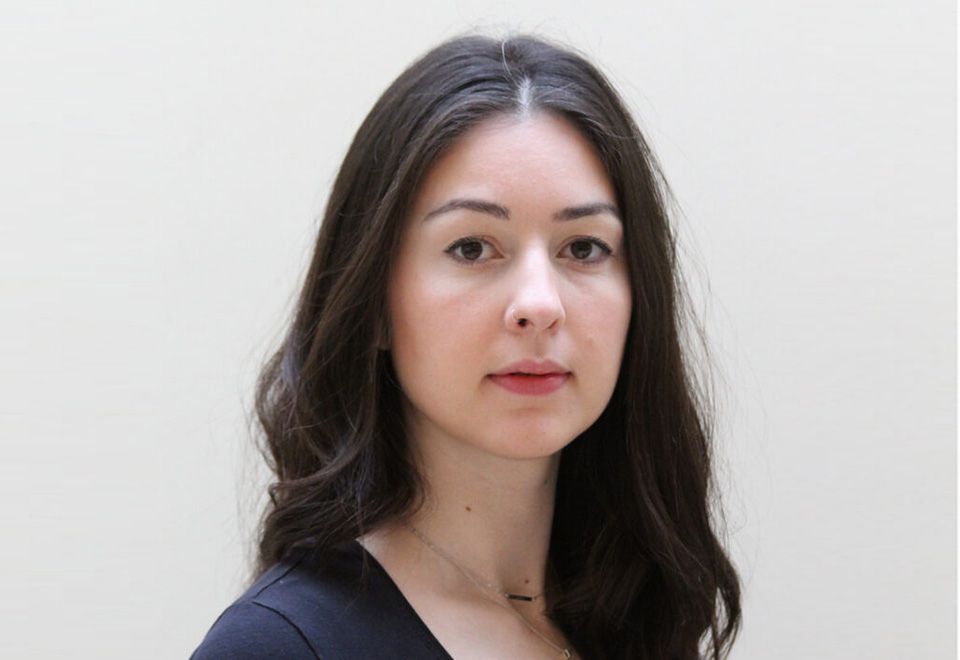A ‘material increase’ in gender lens investing is expected from women investors, according to a report by UBS, so where can advisers be looking to meet this interest?
In May last year, I questioned whether the broadening of scope of a couple gender lens funds meant we might see less appetite for funds with a narrow lens of gender. That seems not to have been the case. According to this year’s Parallelle Finance report, assets invested in public gender lens equity funds increased from $2.67bn to $4bn at the end of last year, with AUM growing 12% in the last quarter. Gender lens fixed income was at $8.5bn in the same period, according to the research group. If you broaden the criteria for gender lens investment vehicles, as Morningstar does, those numbers get even bigger: $49bn in total assets, more than double the $24bn two years previously.
So it depends how you slice it, but if clients are interested in this type of investing, the products still seem to be out there, and growing – there’s even calls for the first sovereign gender bond, which would signal political commitment to gender equality, put public and private capital behind that commitment, and help countries deal with the massive debt build-ups from the unexpected expenses of the pandemic.
New entrants include New York Life Investments’ IQ Engender Equality ETF launched in October, but older products reached track record milestones at the end of last year: the Smart ESG 30 Empowering Women Net Return ETN crossed the one-year threshold, the Valeurs Feminines Global now has a two-year history, and Mertiz’s The Woman Securities Investment Company now has a three-year history.
Several global equity funds have passed the four-year mark: The UBS Global Gender Equality UCITS ETF, the Lyxor Global Gender Equality (DR) UCITS ETF, and Mackenzie Global Women’s Leadership Fund and its accompanying ETF.
But performance is a mixed bag, so guidance on this type of investing is welcome. One toolkit hoping to do just that is JEDI – launched at the end of February – which is a justice, equity, diversity and inclusion toolkit from GenderSmart that “combines practical resources for investors looking to sharpen their racial, ethnic and gender equity lenses, case studies of investment firms, funds and other intermediaries that are doing this work well, as well as the resources for the deep interrogation of systemic bias.”
If interest in this area continues to grow as expected, it will be important to know what’s out there and how to navigate it.








